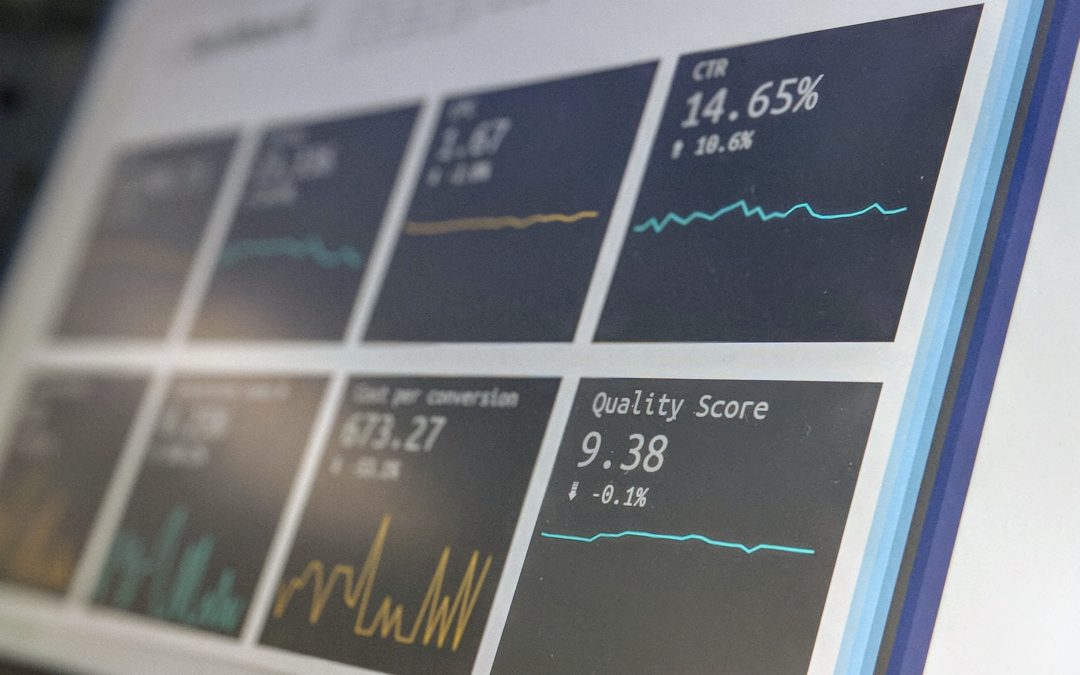Microsoft Fabric and Azure Databricks are both powerful platforms for data engineering, data analytics, and data science, but they serve slightly different purposes and have different strengths. Here’s a comparison of the two:
Microsoft Fabric
Microsoft Fabric is an end-to-end data analytics platform that provides a comprehensive suite of tools and services for data integration, data engineering, data science, and business intelligence. It aims to unify data and analytics workflows to help organizations gain insights and make data-driven decisions. Key features include:
- Data Integration: Seamless integration with various data sources, both on-premises and cloud-based, through connectors.
- Data Engineering: Tools for data transformation, cleansing, and preparation.
- Data Warehousing: Capabilities for building and managing data warehouses.
- Data Science: Integrated tools for building, training, and deploying machine learning models.
- Business Intelligence: Built-in reporting and visualization tools for creating interactive dashboards and reports.
- Collaboration: Facilitates collaboration across different roles (data engineers, data scientists, analysts) within a unified platform.
- Scalability: Designed to scale with the needs of the organization, handling large volumes of data.
Azure Databricks
Azure Databricks is a collaborative Apache Spark-based analytics service designed for big data and machine learning. It is a managed platform that simplifies setting up, maintaining, and scaling Spark clusters in Azure. Key features include:
- Big Data Processing: Built on Apache Spark, providing a powerful engine for large-scale data processing and analytics.
- Collaborative Workspace: Provides a collaborative environment for data scientists, data engineers, and analysts to work together.
- Machine Learning: Integrated tools for building, training, and deploying machine learning models.
- Delta Lake: Supports Delta Lake, an open-source storage layer that brings ACID transactions to big data workloads.
- Integration with Azure: Seamlessly integrates with other Azure services such as Azure Data Lake Storage, Azure SQL Data Warehouse, and Azure Machine Learning.
- Interactive Notebooks: Provides interactive notebooks for running code, visualizing data, and sharing insights.
- Scalability: Automatically scales resources up and down based on workload demands.
Key Differences
- Scope:
- Microsoft Fabric: A broader platform that covers the entire data lifecycle, including data integration, data engineering, data science, and business intelligence.
- Azure Databricks: Primarily focused on big data processing, analytics, and machine learning.
- Underlying Technology:
- Microsoft Fabric: Combines various Microsoft technologies and services to provide a unified analytics experience.
- Azure Databricks: Built on Apache Spark, optimized for big data processing and analytics.
- Use Cases:
- Microsoft Fabric: Ideal for organizations looking for an all-in-one solution for data analytics, from data ingestion to visualization.
- Azure Databricks: Best suited for large-scale data processing and advanced analytics, particularly when working with big data and requiring high performance and scalability.
- Integration:
- Microsoft Fabric: Seamlessly integrates with Microsoft’s suite of products, including Power BI, Azure Synapse, and other Azure services.
- Azure Databricks: Deep integration with Azure services, especially for big data and machine learning workflows.
So, while Microsoft Fabric and Azure Databricks offer powerful data analytics capabilities, Microsoft Fabric provides a more comprehensive end-to-end solution for data and analytics workflows. In contrast, Azure Databricks focuses more on big data processing and advanced analytics with Apache Spark.
Notwithstanding all of the above, there seems to be one or more announcements each day about updates to each of the Microsoft Fabric and Azure Databricks. We do keep up to date on all these things here at Citizen39. When it comes time to consider what will work best for you, please contact us. We love this stuff, and if what we know can help you and your business grow, then we would love to help.

Recent Comments